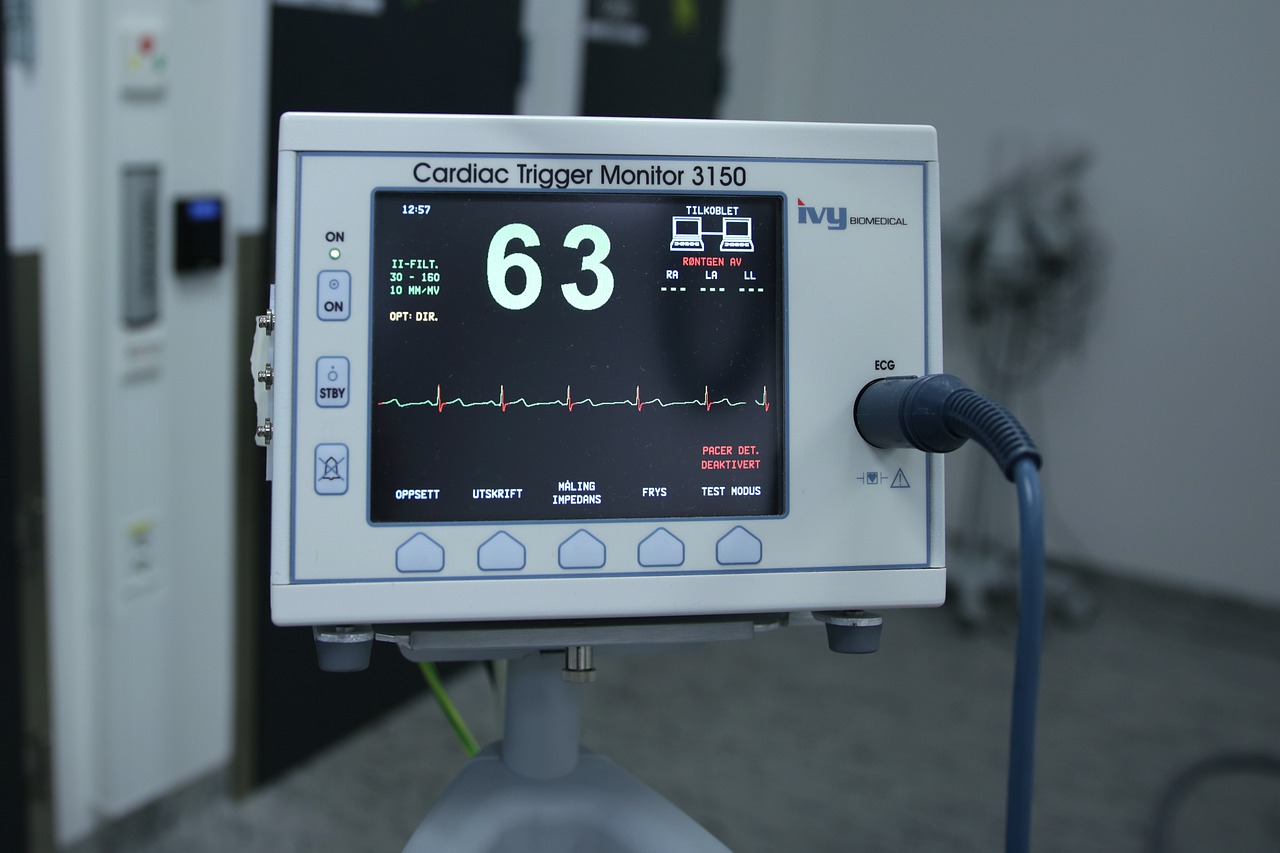A simple new heart-monitoring technique has been developed to help people self-monitor their conditions at home without the need for hospital visits. University of Manchester researchers have developed a simple technique that allows people to monitor their own electrocardiogram (ECG) for a potentially life-threatening condition.
Previously, people needed to have an ECG in a hospital that was interpreted by a highly-trained expert. In new research published today in the journal PLoS One, scientists show that if you apply color in the right way, people can easily monitor hospital-level health data themselves. The “QT-interval” is the time it takes for the heart to depolarise and recharge itself. Many common medications, including some prescribed for depression and cancer, can cause this to lengthen. The longer it gets, the more likely you are to suffer from a life-threatening arrhythmia that can cause sudden death.

ECGs represent the heart’s electrical activity
An ECG shows complex signal data representing the heart’s electrical activity. It is vital for detecting cardiac pathologies, but extremely difficult to interpret, even for clinicians. Researchers at The University of Manchester have been working on a novel visualization technique that makes it straightforward for members of the general public to understand ECG data. Dr. Caroline Jay from The University of Manchester said:
“For decades we’ve assumed that only medical experts can interpret ECGs. We now have evidence that if you display an ECG in the right way, it can easily be interpreted by a patient. Here, we’ve shown that it is simple for lay people to understand when they might be at risk of long QT syndrome, which is important because it is caused by many common medications and can result in sudden death.
“Empowering people to understand and monitor their own ECG is a huge leap forward for public health, as it will reduce the number of times people have to go into hospital for routine check-ups, and ensure they get emergency medical attention as soon as they need it.”
The newly developed technique works on a “single lead” ECG, which is the heart reading available on a smartwatch. A spectrum of color is applied to the area under the ECG signal from blue to red. The more warm colors you can see, the greater the risk of long QT syndrome. Long QT syndrome often doesn’t cause symptoms, so an ECG is the only way to pick it up. Self-monitoring is particularly useful when someone starts taking a new form of medication, as they will be able to contact their doctor as soon as they notice an issue.
The ability to accurately self-monitor conditions with confidence at home has the potential to ease the number of people requiring trips to the hospital, which could be particularly useful during the COVID-19 pandemic. The technique is currently being used as the basis for a new Artificial Intelligence approach that can detect QT-interval lengthening automatically. Because the algorithm uses a data representation that humans find easy to visually understand, it is not just explainable from a technical perspective, but also intuitively understandable.
Provided by: University of Manchester [Note: Materials may be edited for content and length.]
Follow us on Twitter, Facebook, or Pinterest

